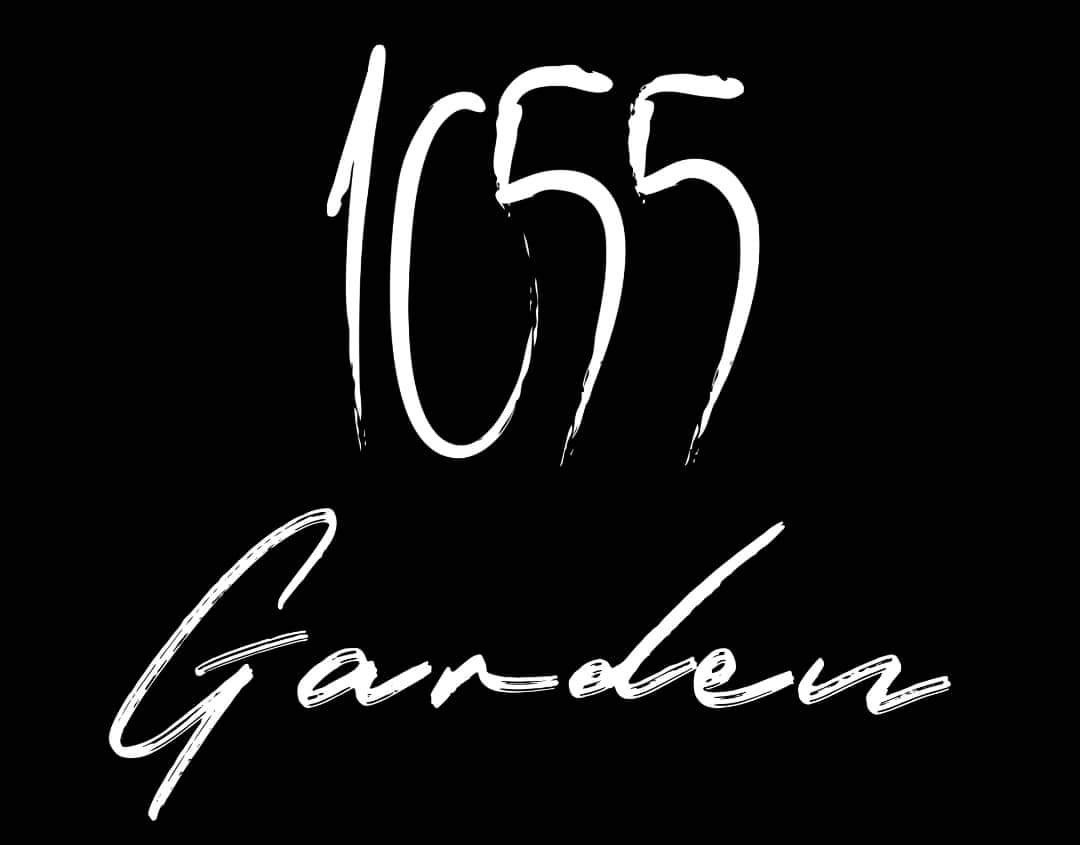Επιμέλεια: Εύα Πετροπούλου Λιανού
About the Author: Dr. Tamali Neogi teaches English at Gushkara College, Gushkara (West Bengal), India. As a creative writer she has published The Woman of Patashpur and edited Postmodern Voices, Volume VIII: An Anthology of Poems. Currently she is engaged in editing a book on Life Writings of women belonging to different continents. In an academic career spanning two decades, Dr. Neogi has published short stories in Tales of Our Times and Lapis Lazuli, presented research papers at National and International Seminars, presided over Paper Reading Sessions, and also published book reviews in reputed U.G.C. Care Listed Journals. Her second Anthology of short fiction will hit the stands by the end of this year. [email protected]
Sudhakar Gaidhani, “Abyssal of Supraconsciousness.”
Tr. by Dr Tejaswini Patil Dange
The Poet Magazine, March 21, 2022
A Review
Dr. Tamali Neogi
Sudhakar Gaidhani in his essay “Abyssal of Supraconsciousness”(The Poet Magazine March 21, 2022)seems to be adeptly exploring the process of poetic creation. As the title suggests the focus is on the role of Supraconsciousness or “the creative unconsciousness” in poetic composition.To Napolean Hill, this supraconscious mind is the source of all imagination and creativity (Basu, 2014). Gaidhani resolves the dichotomy between consciousness and unconsciousness by positing poetic creation in the domain of what Jung calls“Supra consciousness.”
To poets as well as readers, creation of poetry is partly chemistry, partly mystery. Therefore, one part of the process is attempted to be analytically understood whereas the rest of it remains inexplicable. Creation, imagination and metapoetry in Samuel Taylor Coleridge’s “Kubla Khan” can be appropriately mentioned here where the poet engageshimself in understanding the process of creation and asserting the power of creativity as well. Wordsworth in “Tintern Abbey” shares with his readers the secrets of creation. The poet describes the genial mood in which the “burthen of mystery”(https//www. encyclopedia.com) gets lightened and the poet is capacitated with the power to see into the matter of things. It is the mood when inundated by the genial feelings(which the poet owes to Nature), the poet gradually grows into an insightful “living soul,” able to create. In the essay“Tradition and Individual Talent”T.S. Eliot significantly comments on the process of poetic creation which differs largely from that of William Wordsworth’s. To Eliot, Wordsworth’s “emotions recollected in tranquillity” is an inexact understanding of poetic creation as the poetic composition needs a concentration of experiences. In his opinion the concentration is neither conscious nor subconscious process as a good poet knows where to be unconscious and where to be conscious; good art must be impersonal. Both emotions and feelings form a poet’s sensibility that enables him to respond to the different experiences in a unified manner. Here, Eliot is close to Coleridge’s notion of secondary imagination. It is a psychic activity through which sensibility operates upon thoughts and feelings. To Eliot “Poetry is not a turning loose of emotion but an escape from emotion; it is not the expression of personality but an escape from personality” (Eliot, December 1919). Such questions: “Is there no good personal poetry?” or “If both conscious and unconscious selves are involved in poetic composition, is there any point where the two merge?” leave scope for further developments in unravelling the mystery of poetic creation. Gaidhani’s latest essay has its particular relevance here.
To Gaidhani, the “creative grip” of the poet must be powerful one. The poet “persuades a goldfish,” that is, he consciously sets his goal to write a poem on a certain theme. But his success in capturing the goldfish at the level of Supra consciousness, depends on his strength of poetic grip. If the grip is feeble, the poet is bewildered by “whirlpool” of “ transforming glimpses” of the abstract idea. In his attempt to find “homogeneity (oneness) with that creative impulse,” however, he gets to consciousness by his incompetent efforts at capturing it. Such creativity (ambiguous creativity) is, so far as reception is concerned, to be marked as irrelevant. In the case of a good poet,the poetic grip being a powerful one, the coherence of ‘rational’ and ‘beautiful’ images happens. The images surrender themselves to the poet in creation, resulting in the creation of timeless, good poetry. Whilefor Eliot, creation of good poetry depends on the poet’s sensibility and maintenance of impersonality, to Gaidhani, it is the poet’s strong creative grip and his loving hold on supraconsciousness that matter. The poet having the capacity to delve deep into the abyssal depth of supraconsciousness, having some power(gained by meditation-energy)to bear and control the turmoil there, can only attain the coherence of images that brings to the creation its quality and essence. The corelative images(images having parity with creative image)generated in the realm of supraconsciousness sometimes create incomprehensibility in their attempts to occupy the poet’s mind. Such incomprehensibility, as Gaidhani asserts, is, however, a limitation of good poetry. The first two paragraphs (of Gaidhani’s essay)record with what depth of understanding and ingenuity of perception he describes the process of poetic composition.
Quoting Eliot and Marathi critic Sardeshmukh, Gaidhani then proceeds to define poetry. Contrary to Wordsworth’s definition of poetry, Gaidhani opines that“poetry is a beautified(beautiful) outburst resulting from deliberation of innermost thoughts.” His thrust on “deliberation” makes one inquisitive of the formative process of poetry. The essayist makes it clear that poetry is not only using ‘bricks of words.’ Creation of good poetry is as difficult as arts like sculpture, painting, dance, acting. Gaidhani wonderfully differentiates between what turns a poem to be labelled as obscure poem and what is a self-obscure poem. When the images, in a mad rush to be connected to the poet’s central creative theme, do fail to surrender to the implication of the poem and “betray the meaning in self- fiddle,” the poem becomes an instance of self-obscure poetry or “Mad poetry.” Sidney in An Apology for Poetry (Sidney, 2009) says that the form of good art must emerge from core, the subject. The form of a good poem can never be imposing itself on the heart of poetry. In a similar vein Gaidhani maintains: “When the realistic subject matter surrenders itself to the images and becomes more alluring, that is the meaningful collaborative grace of any artwork . . . The devoted reader should be the lover of the poetry as a Yogi not as wordling(BHOGI). No poetry is proved to be a nymph by wearing jewellery and ornaments externally. A noble poem also stands nude before her ingenious devoted reader.” To such a devotee(devoted reader), poetry is “Sadhana”’ having the feminine elegance of Goddesses Mahaakali(that is nudity). Thus, real poetry is “clotheless.” Gaidhani deserves appreciation for the way he captures the essence of real poetry having difference with “Mad poetry,” good poetry in contrast with bad poetry.

As per Hindu religious philosophy the meaningfulness of one’s life lies in his unification with the Supreme Being(“Atman-Brahman”Fieser, 2020). Gaidhani brilliantly shows how the creation of good poetry demands the surrender of the poet at the feet of poetry(the Lord) implying the unification of the poet and poetry. It implies why a poet can’t desire much other than this divine unification(advaita) where lies his true success. In an age when poets even have joined the madding crowd’s ignoble strife for fame, this essay is worth reading.
Gaidhani is right to remind the poet that though sorrow is the core of our life, in good poetry there’s no place for self-pity. A poet on the other hand must be having high self-esteem though living the life of a hermit engrossed in his “Sadhana.” With remarkable alacrity of mind the essayist differentiates between a self-centred poet who “wanders in the mist of self-sorrow searching for own tears” and the poet who is “an eclectic searcher of the dream shadows(or: A poet is a dream searcher of the shadows).” For an ascetic-hermit poet(as he is not after fame but yearns unification with poetry) it is, therefore, easy to “select ripe ideas, images.” The essayist is again right in his observation that the poet should be the first-critic of his poem as the understanding of mere appreciation and pure criticism is clear to him. But one has fit causes of argument to oppose the essayist when he says that “Satire and Irony are sub parts of the clan of poetry. The poetry which is entertaining, comic and in the word order in semblance with poetry, appears cheap on the platform.” Contemporary theories of comedy have highlighted the fact that comedy begins where tragedy ends or in other words comedy has in its embryo a potential tragedy. Therefore, attaining comic perspective of life and portrayal of the same in poetry can never be “cheap.”
The turning point of the essay is when the essayist proceeds to bring to the fore the relationship between a poet and its “genuine reader.” Maintaining the strain of Hindu philosophical thoughts, he says: “ . . . the relation between the poet and the reader is like Krishna and Meera. The genius reader is always an imperceptible artist” so far as he intuitively understands the creator and gets unified with him at one level. Here the essayist supporting the basic tenet of Reader- response theory says that “the grace of the creative work is the honour of the appreciative aptitude of the reader.” It poses technical problem for the reader. Understandably the poet is the devout, poetry is the God. Though to indicate the homogeneity between the poet and the reader the essayist uses the analogy of Krishna and Meera, technically here is an incompatibility. How can the poet be simultaneously the ascetic-hermit and the Lord(Krishna)? The poet and the reader in that case must be the beloveds(like Radhika and Meera) of the Lord(poetry is the lord) or it can be Chaitanya (one of our liberators who in his bodily incarnation combines the selves of both Krishna and Radhika) and Meera.
Remarkably Gaidhani champions too the supporters of Biographical Criticism. To the essayist, a man’s character is connected with the mire of the mind and “the more of the abyssal is not getting settled,it affects the character negatively.” Gaidhani’s thrust is on the attainment of a calm mind through meditation and the poet’s necessity (and of ours as well) to have a distance between outer mind(supposedly dishonest) and the honest and truthful inner mind. Here Gaidhani reminds one of Naipaul who in his autobiography accepts that though in social exchanges one’s outer mind is involved, creation oozes out of the innermost core of a writer’s self that never lies.
The essay takes yet another direction when Gaidhani shifts his focus from human mind to human brain that carries genomes of memories. He explains how some surviving genomes get connected with “the threads of previous birth culture.” One understands the hidden truth of it how “illiterate Bahinabai becomes a divine poetess”. To the essayist such happening is not a gift of God but gift of genomes. In the light of this understanding Gaidhani avers that such gift is an accomplishment which, however, is unattainable without “Sadhana.” Thus, Gaidhani goes on interpreting the nuances of poetic creation by taking support from Hindu religious philosophy. He doesn’t prefer to understand the issues subjectively. It is not objective or mathematical understanding like Eliot. He tries to perceive the truths depending on the integrated wisdom of the Eastern religious philosophy. Herein also lies the appropriateness of the titleof the essay under scrutiny (supraconsciousnessbeing understood as ‘collective consciousness’ or ‘God mind’).
Coleridge thinks that through the higher faculty of secondary imagination the poet is able to dissolve the differences among diverse objects and creates a new whole. Gaidhani says: “Everyone has an Ego. Poet also has an ego. The ego should be beautiful, whoever does, it has. If the Ego is beautiful, it can create artistic creations like Taj Mahal, if it is not, it can create only ‘ Bibi ka Makbara.” The essayist should have elaborated on the issue further. Is the difference between ‘beautiful’ ego and the bad one is that of between Coleridge’s famous differentiation between imagination and fancy? A ‘Beautiful’ ego seems to have the potentiality of secondary imagination so far as creation of a beautified whole is considered. Further, it seems to be the quality of the devout; it is an accomplishment that denies any differentiation among different objects. Thus, to Gaidhani almost every aspect leads to one truth- the necessity of following the path of “relentless practical sadhana.” He adds further that it is not that some have more aesthetic sense than others. To understand one’s inner potentials, one is to properly cultivate himself.
Gaidhani superblymakes one understand the mother-daughter relationship between consciousness and supraconsciousmess. The shadow provided by a tree is always cool, be it a poisonous or non- poisonous one. The flute played always soothed one’s ears,be it played by dissipated/ decadent person or not. However, appropriately, towards the end of the essay, Gaidhani moves towards understanding supreme consciousness. It is the realization of the process of homogeneity. In this state of supreme consciousness one experiences the unification with the creator which purports ecstatic joy of salvation. This supreme consciousness is actually the ultimate phase of cosmic consciousness and only our “liberators” like Christ, Chaitanya, Baba Nanak could attain this, if not they are, as says Gaidhani, “born with such utmost consciousness.”
Finally, the essayist wisely reminds one that as consciousness is different from Supraconsciousness and both from supreme consciousness, the poet and his creation have two different personae. This once more indicates the difference between consciousness and Supraconsciousness. The honest innermost self of a person/ the ascetic-hermit self is not necessarily the same as the conscious self of the poet. Poetry has its origin in Supraconsciousness and the journey of poets like Tagore or Hopkins is to reach the state of supreme consciousness. This points towards the fact why this essay most appropriately concludes with the discussion on supreme consciousness.
Gaidhani’s ingenious attempt to define the genesis of poetic creation alongside addressing the peripheral issues of criticism, is commendable. His silence on issues like poetry and truth, poetry and tradition is quite intriguing. The reader doesn’t find the answer if an obscure poem is an instance of good poem or bad poem. However, these limitations must be overlooked keeping in mind the words of Eliot: “ . . . there are these two theoretical limits of criticism: at one of which we attempt to answer the question ‘what is poetry?’ and the other ‘is this a good poem?’ No theoretic ingenuity will suffice to answer the second question . . . ”(https://tseliot.com/prose/-and-the-use-of-criticiam).

































